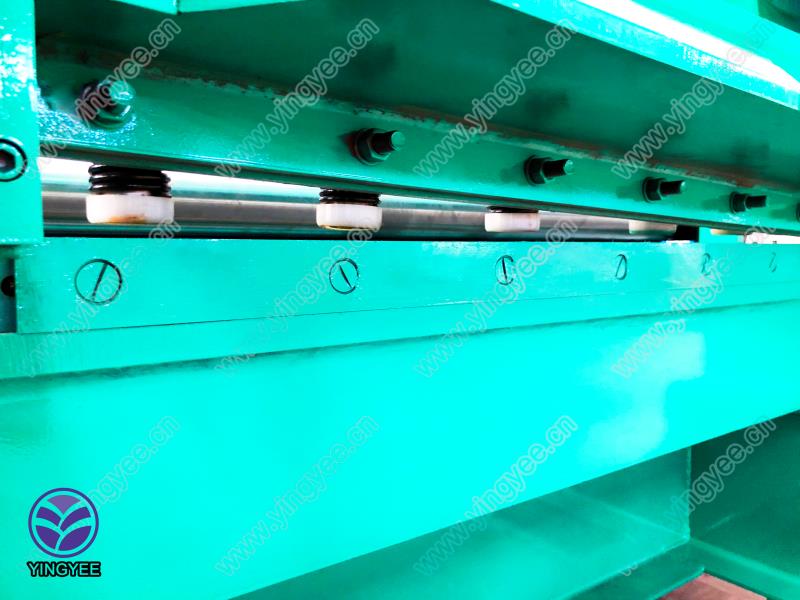
Understanding Angle Roll Forming Machines Key Features and Applications
Angle roll forming machines play a significant role in the manufacturing industry, particularly in the fabrication of metal components. These machines are designed to bend and shape metal materials into specific angles and profiles, making them essential for a variety of applications. This article explores the key features and benefits of angle roll forming machines, as well as their common uses in different industries.
Key Features
Angle roll forming machines are typically equipped with several features that enhance their functionality and efficiency. The most prominent feature is their ability to produce precise bends in metal sheets or profiles, which can vary in thickness and width. The design of these machines allows for a variety of bending radii, thus enabling the fabrication of both sharp and gradual angles according to specific project requirements.
One of the significant advantages of angle roll forming machines is their versatility. They can handle various types of materials, including steel, aluminum, and other alloys, making them suitable for a wide range of applications. Additionally, modern machines often come with programmable controls that improve accuracy and reduce setup time, allowing operators to shift quickly between different production runs.
Another critical feature is the machine's ability to create complex shapes in a single pass. This efficiency not only saves time but also reduces material waste, contributing to overall cost-effectiveness in production. Many machines also include advanced safety features to protect operators and ensure compliance with industry standards.
Applications

Angle roll forming machines are utilized across several industries, with some of the most common applications being in construction, automotive, and manufacturing sectors. In construction, these machines are crucial for shaping steel beams and frames used in building structures. The precise bending capabilities allow for the production of wall angles, trusses, and support brackets, which are vital for structural integrity.
In the automotive industry, angle roll forming machines are used extensively for creating components such as chassis, brackets, and structural supports. The ability to form intricate designs not only meets aesthetic requirements but also enhances the performance and safety of vehicles. Manufacturers often rely on these machines to produce parts that need to withstand high levels of stress and strain.
Additionally, angle roll forming machines are important in manufacturing custom equipment and machinery. Manufacturers leverage these machines to produce specialized parts tailored for specific applications, including conveyor systems, shelving units, and various industrial fixtures. Customization capabilities allow manufacturers to meet unique customer demands efficiently.
The Future of Angle Roll Forming Machines
As technology continues to evolve, angle roll forming machines are becoming increasingly sophisticated. The integration of automation and advanced robotics is streamlining production processes, leading to enhanced speed and accuracy. Moreover, the adoption of Industry 4.0 principles is enabling these machines to become more connected, allowing for real-time monitoring and predictive maintenance.
In conclusion, angle roll forming machines are vital tools in modern manufacturing, providing versatility, efficiency, and precision in the production of metal components. Their applications span across numerous industries, supporting critical functions in construction, automotive, and customized manufacturing. As advancements continue to shape the industry, these machines will undoubtedly evolve, further enhancing their importance in the manufacturing landscape. With their ability to produce intricate designs and high-quality components, angle roll forming machines will remain an indispensable asset for manufacturers worldwide.